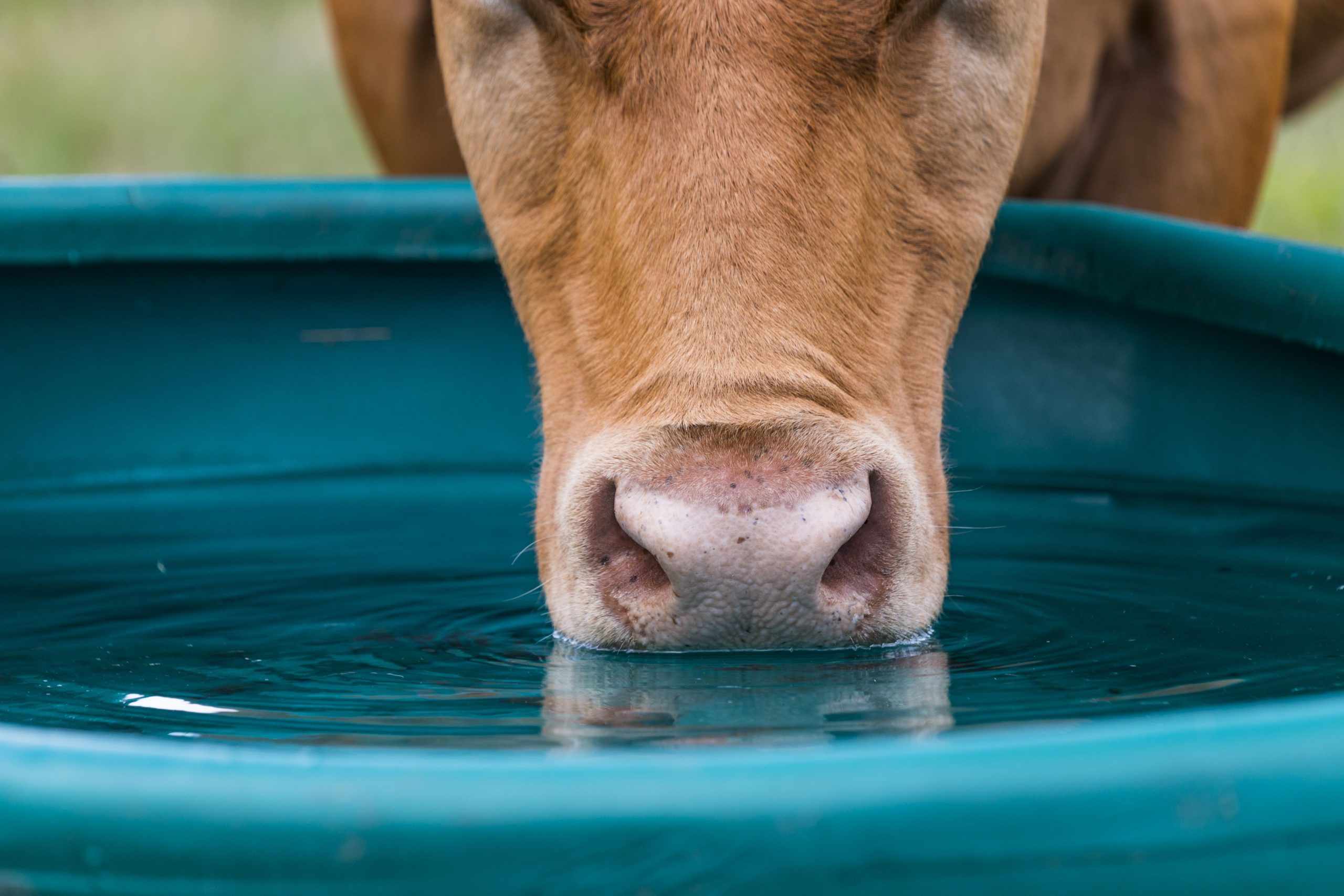Solar radiation: to be reduced as much as possible
- Provide shaded areas at the pasture.
- Limit the translucency on the south side of the building.
Ventilation: allows to reduce significantly the heat stress of the animals.
- Promote natural ventilation of buildings
- Mechanical ventilation: a ventilation of 2.5m/s decreases the THI by 5 points.
- Caution: it is often irregular in the building. Think about it well to avoid groupings of animals in certain places.
- Misting also helps to reduce heat stress: it should be combined with ventilation to limit humidity in the building.
Ration distribution
- Avoid food intake in the hours before heat peaks. Distribute the ration early in the morning or at the end of the day.
- Distribute several fresh rations per day to stimulate ingestion.
- Limit direct sunlight on the ration to avoid overheating.
Watering
- In the barn 10% of the cows must be able to drink at the same time: provide 10 to 13 cm of available water per cow and at least one water point for every 20 cows.
- Water flow rate for unrestricted drinking troughs: 15 to 20L/min minimum.
- Water temperature < 25°C.
- Water must be readily available and as close as possible to the pastured grass.



